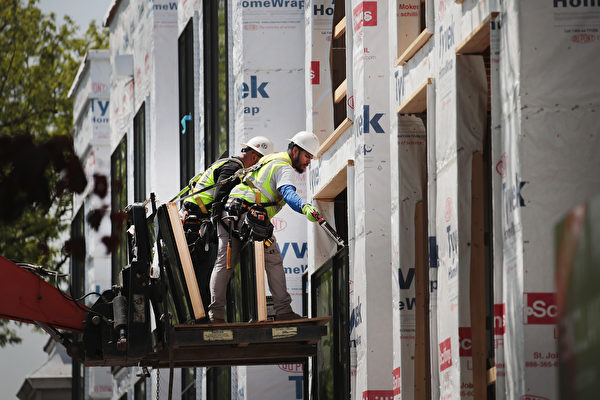The number of job vacancies in the United States in August has reached the highest level in three months, with recruitment activities showing signs of weakness.
According to data released by the U.S. Department of Labor on Tuesday, the number of available positions increased from 7.71 million in July to 8.04 million in August. Vacancies in the construction industry saw the largest increase since 2009, while positions in state and local government departments also rose.
The number of job vacancies in August exceeded expectations, with an average of 7.69 million based on a survey of economists by Bloomberg.
Meanwhile, the hiring rate dropped to 3.3%, matching the lowest level since 2013 (excluding the outbreak period of the pandemic in 2020). The largest decline in hiring rates was observed in the retail trade and transportation/warehousing industries.
The report indicates mixed sentiments in the labor market, as the layoff rate also remains low.
Federal Reserve officials lowered interest rates by 50 basis points at their September meeting, partly to prevent further economic slowdown. They mentioned that if the economy continues to weaken, another 50 basis point cut might occur in November.
Another report released by the Institute for Supply Management (ISM) on Tuesday showed that U.S. manufacturing activity contracted for the sixth consecutive month in September. The U.S. stock market continued its downward trend, and bond yields continued to decline after the release of the Labor Department’s data.
Labor Department’s monthly employment data for September will be released on Friday. According to a survey of economists by Bloomberg, the pace of hiring in September is expected to pick up slightly, while the unemployment rate is anticipated to remain stable.
The number of job vacancies per unemployed worker, a key indicator closely monitored by the Federal Reserve, remained at 1.1, nearing its lowest level in three years. This indicator peaked in 2022 at 2:1.
Furthermore, the report stated that the voluntary quit rate dropped to 1.9%, the lowest level since June 2020. This suggests that compared to a few years ago, individuals are less confident in finding new job opportunities.

